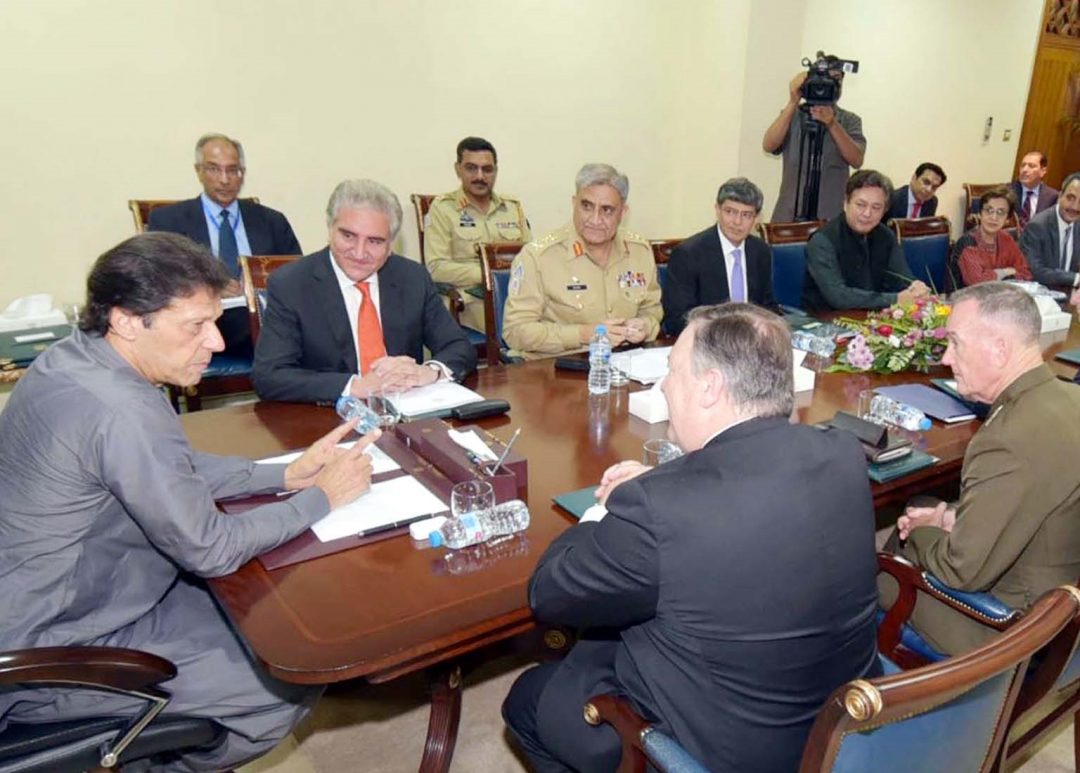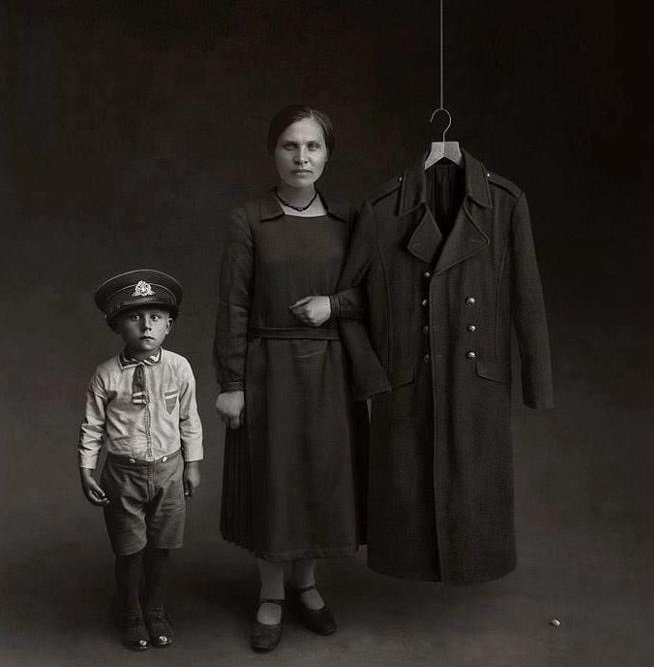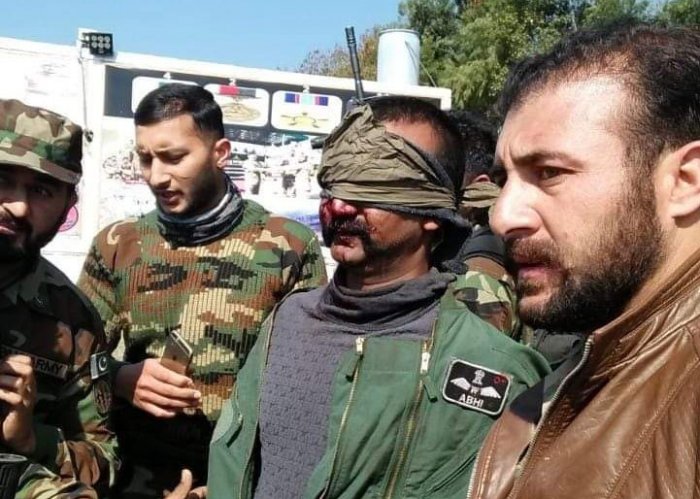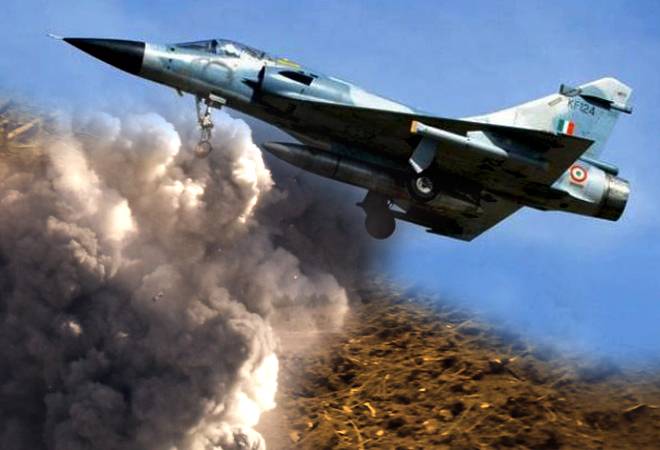Rome: Eyewitnesses present at the site of India’s 26 February bomb strikes against a Jaish-e-Muhammad base say they saw up to 35 bodies being transported out of the the site by ambulance hours after the attack. The dead, they recounted, included 12 men who were said to have been sleeping in a single temporary shack, and several individuals who had earlier served in Pakistan’s military.
The sources, who work for local government authorities, declined to be identified as they are not authorised to speak to media, and said they feared reprisal. The eyewitnesses were contacted by this correspondent using encrypted communication.
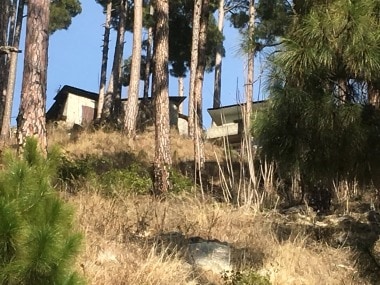
An image released by Reuters of a madrasa near the site where Indian aircrafts released payload in Jaba village. Reuters
“Local authorities reached the site soon after the bombing,” one witness said, “but the area had already been cordoned off by then by the army, who did not even allow police to enter. The army also took away mobile phones from the medical staff on the ambulances.”
A former Pakistani Inter-Services Intelligence (ISI) officer known locally as “Colonel Salim” was killed in the bombing, sources said, while a “Colonel Zarar Zakri” was injured. Mufti Moeen, a Jaish-e-Muhammad instructor from Peshawar, and improvised explosive device-fabrication expert Usman Ghani were also killed in the bombing.
The largest single cluster of fatalities, the eyewitnesses said, were 12 Jaish-e-Muhammad fidayeen trainees, who were living in a single temporary earth-and-wood building that was flattened in the bombing.
Conflicting Testimony
Eyewitness testimony from the region has been conflicting, with witnesses variously saying there were no Jaish-e-Muhammad fighters at Jaba top, and others insisting they were present. The testimony has also been divided on whether casualties were inflicted, with several local residents telling television and print journalists that the only victims were some civilians who received minor injuries.
However, the witnesses were only interviewed days after the attack, and several media outlets reported that they were not allowed unfettered access to all areas in Jaba, the village targeted in the raid.
Independent satellite imagery analysis conducted by Nathan Ruser of the prestigious Australian Strategic Policy Institute concluded that there is “no apparent evidence of more extensive damage and on the face of it does not validate Indian claims regarding the effect of the strikes”.
However, Indian Air Force officials have asserted that that synthetic aperture radar — which provides finer spatial resolution than conventional beam-scanning radar — reveals that they destroyed four target buildings below the ridge, where the Jaish-e-Muhammad has several buildings, including a seminary.
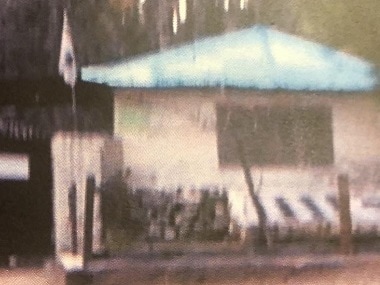
ANI tweeted out undated images of the said JeM installation at Jaba top. Twitter @ANI
The images, however, have not been made public, making it impossible to independently verify these claims.
Islamabad has said the Indian raid caused little damage, other than to local vegetation.
Indian intelligence sources said two of the names mentioned by the eyewitnesses — Usman and Colonel Salim — had also figured in communications intelligence available.
At an intelligence assessment meeting held on 1 March, India’s Research and Analysis Wing (R&AW) said its communications intelligence could confirm five dead, but placed estimates of the killed in the region of 20.
R&AW had identified the Jaba top seminary as a target, based on intelligence that personnel earlier stationed by the Jaish-e-Muhammad at villages along the Line of Control had been pulled back to that location, in anticipation of possible Indian Army retaliation after the Pulwama suicide bombing.
“There’s no doubt that bombs hit their targets,” a senior intelligence official said. “Though some of the numbers that have been appearing in the media are hyperbolic, I think the raid served its purpose, which was to make a point about our ability to strike at terrorist safe-havens, rather than extract revenge.” Some television channels reported that 300 people had been killed in the strike.
Past air strikes on terrorist targets have generally had a low deterrent effect, since the personnel at training facilities are generally small in the number and dispersed.
In 1998, the United States fired 75 cruise missiles at Al-Qaeda’s Zhawar Kili in retaliation of the bombing at the American Embassies in Kenya and Tanzania in 1998, but killed only a dozen terrorists or less.
The author is an Italian journalist who has covered South Asia extensively. She writes regularly for Limes-Italian Review of Geopolitics and several Italian and Swiss media outlets. She won the Italian journalism prize, Il Luigiano d’oro in 2010. She is the Chief Editor of Stringer Asia, an online magazine on South Asia, since 1995.
First published in First Post.com
https://www.firstpost.com/india/eyewitnesses-say-indian-air-strike-on-balakot-killed-dozens-of-terrorists-including-former-isi-agents-6182671.html

